On November 25, 2013, the National Assembly XIII of Vietnam approved the Law on Plant Protection and Quarantine at its 6th session, replacing Ordinance on Plant Protection and Quarantine No. 36/2001/PL-UBTVQH10 dated August 08, 2001.This Law was announced by the President of the State on November 29, 2013 and took effect from January 01, 2015.
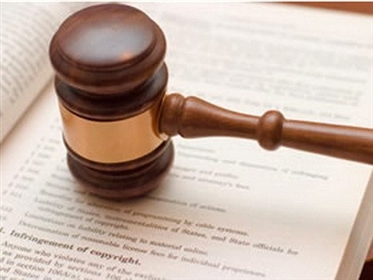
The Law on Plant Protection and Quarantine 2013 of Vietnam consists of 5 Chapters, 77 Articles with the following fundamental contents:
1. Governing scope: This Law is enshrined by the regulations on the plant protection against harmful pests, pathogens and diseases, plant phytosanitation and pesticide management.
2. Applicable entities: Due to the fact that plan protection and quarantine activities may involve international cooperation, this Law is applied to both domestic and foreign organizations and/or individuals involved in plant protection and quarantine activities in Vietnam.
3. Government policies on the plant protection and quarantine: Invest in human resource development projects; construct and upgrade technical facilities and infrastructural systems for plant protection and quarantine authorities; perform the construction and development of information, forecast and alert system for harmful organisms; conduct scientific researches and apply technological advances in the manufacturing of biological pesticides or plant protection products with low level of toxicity, plant varieties with resistance to harmful organisms as well as take control measures against harmful organisms in a sustainable manner. Assist in setting up harmful organism disinfected zone; work on the construction and development of various types of plant protection services associated with technical agriculture services in a professional manner for the purpose of agricultural commodity production on a large scale; take action to control plant pests and pathogens, maintain the stability for human lives as well as restore the production after plant pests or pathogens cause considerable damage or losses in a vast area. Provide the incentive for the construction of industrial zones specializing in the manufacturing, collection and treatment of pesticides and used pesticide packs or containers; manufacture and use pesticide packs or containers made from easily recycled materials; organize training courses and sessions to discuss the safe and effective use of pesticides. Enhance international cooperation, allow for sufficient resources to fulfill international commitments on the plant protection and quarantine; promote the mutual recognition in the plant protection and quarantine.
4. Control and prevention of harmful plant organisms: Article 14 has specified requirements for the control and prevention of harmful plant organisms, including: Take proactive approaches to integrated pest management to control and prevent harmful organisms such as using plant varieties that are of high resistance to harmful organisms, field sanitation, planting schedule, fertilizer use, proper planting density and other eco-friendly methods in order to provide favorable conditions for the plant maturity and growth, and improve the resistance of plants, restrict and suppress the proliferation and population of harmful organisms, protect and multiply beneficial organisms. Regularly monitor, early detect and apply preventive measures in a timely and effective manner, and control the spread of harmful organisms; realize the importance of the cultivation methods, biological, physical and mechanical controls as well as cultural practices from farmers. Proactively apply good agricultural practices (briefly called GAP) in the control and prevention of harmful plant organisms. Only apply chemical controls if the application of pest controls mentioned in Clause 1 and Clause 2 of this Article can not reduce the density of harmful organisms, which pose the risk of damage to productivity and quality of plants. Communicate, disseminate and thoroughly train pest control practices amongst farmers, ensure the safety for people, plants, animals and surroundings.
5. Plant quarantine: The plant quarantine must be performed for imported and exported plant quarantine articles or those in transit and it also involves the quarantine practices on domestic plants in accordance with this Law, except for any exemption and relief of the plant quarantine stipulated by the Minister of Agriculture and Rural Development. In each period, the Minister of Agriculture and Rural Development shall issue the following nomenclatures: Nomenclature of plant quarantine articles; Nomenclature of plant quarantine articles subject to the pest risk analysis before being imported into Vietnam; Nomenclature of quarantine plant pests; Nomenclature of regulated plant pests.
6. Pesticide management: Pesticide refers to a kind of commodity that requires certain conditions for its trading and must be managed according to specific nomenclatures. The Minister of Agriculture and Rural Development shall issue annual nomenclatures of permitted pesticides and nomenclature of prohibited pesticides in Vietnam. Organizations and individuals are allowed to import, manufacture, trade and use any pesticide listed in the nomenclature of permitted pesticides in Vietnam. Organizations and individuals who are licensed to import pesticides as regulated in Clause 2 Article 67 of this Law must adhere to the regulated use mentioned in the license.
Moreover, the Law on Plant Protection and Quarantine 2013 of Vietnam also specifies requirements for plant protection services, treatment practice of plant quarantine articles, testing, manufacturing, trading of pesticide so that eligible organizations and individuals can participate in these activities.
Source: sotuphapqnam.gov.vn
 Article table of contents
Article table of contents
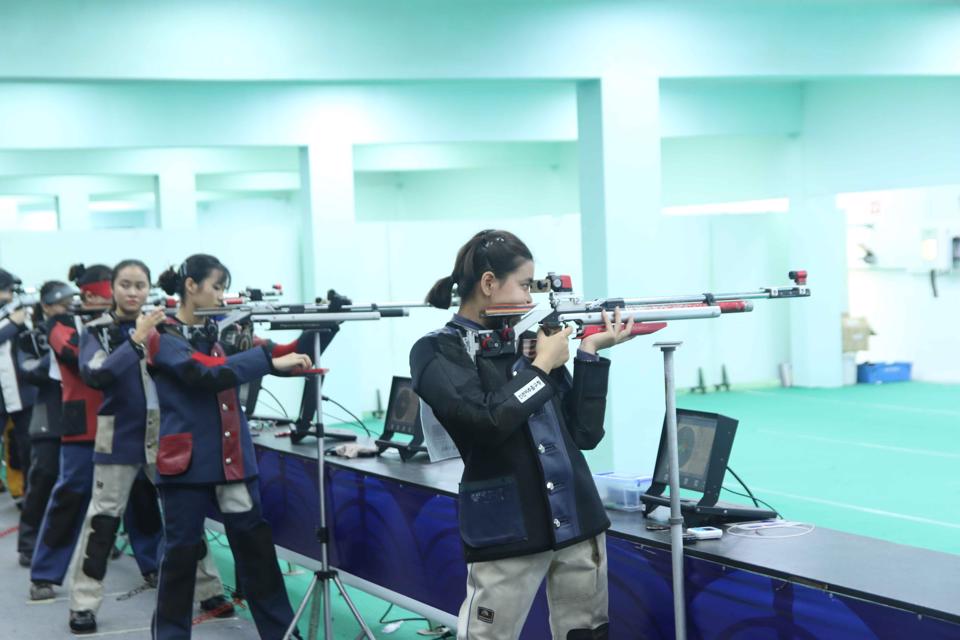
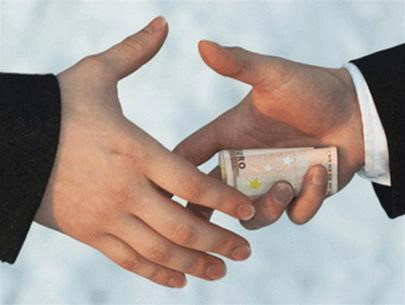
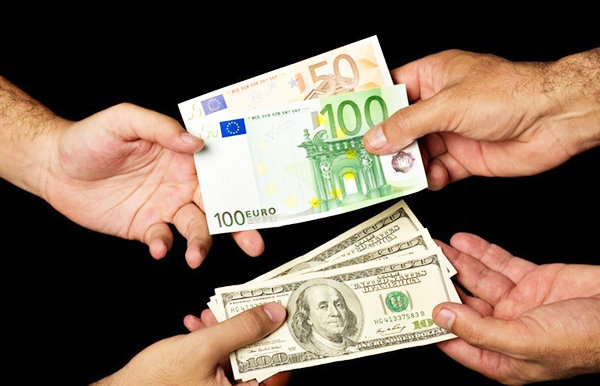

.jpg)
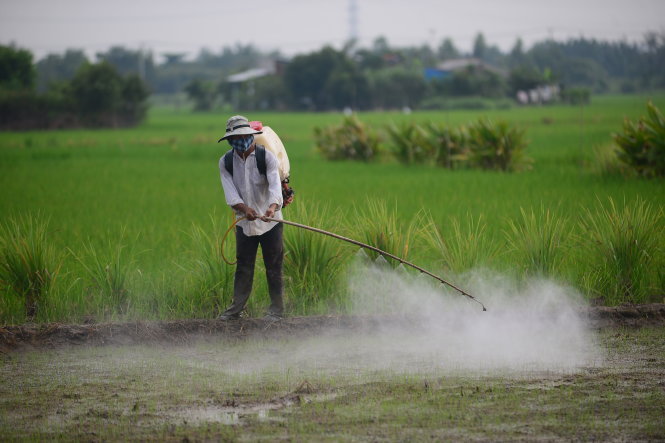
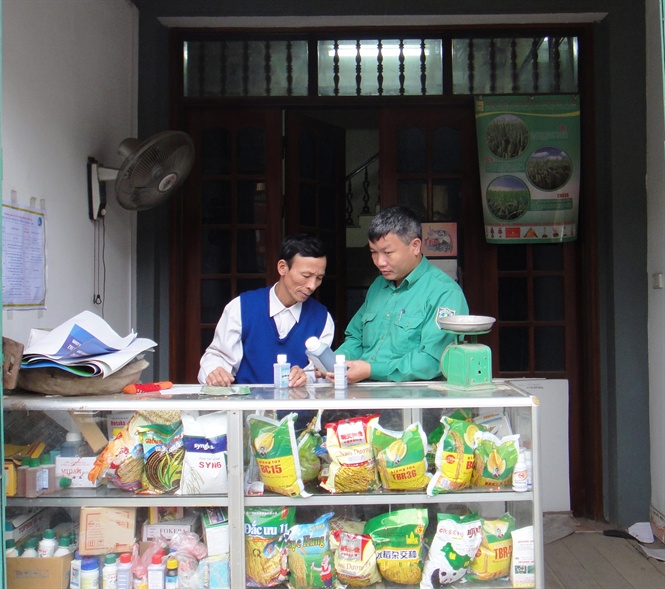
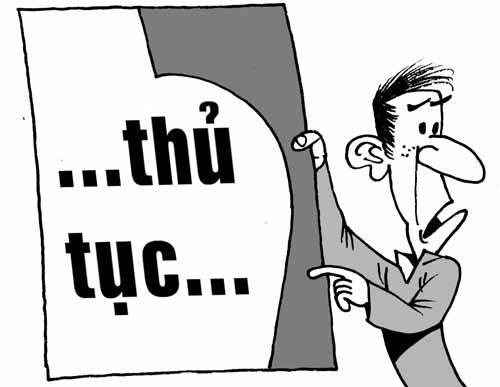
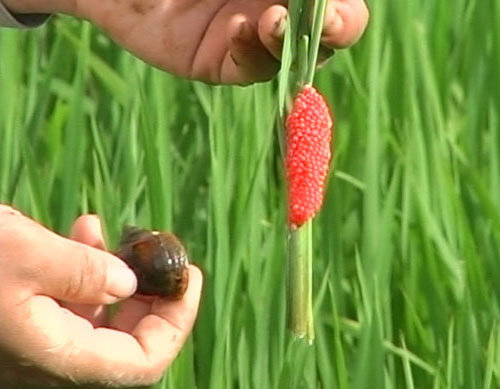

.Medium.png)
.Medium.png)
.Medium.png)
.Medium.png)
